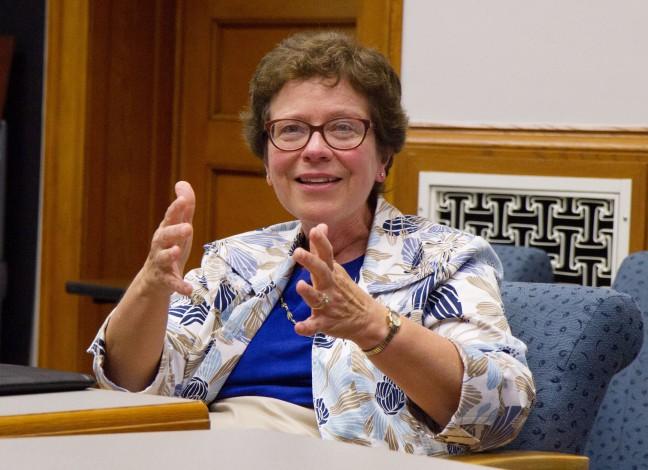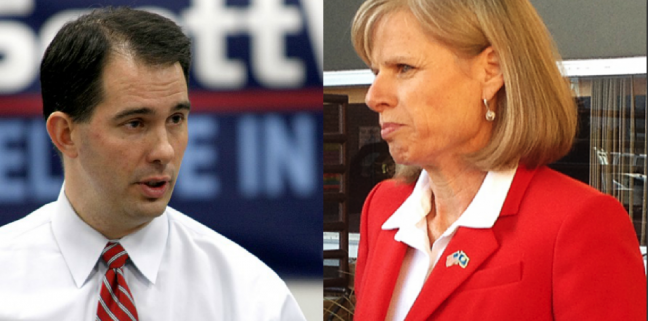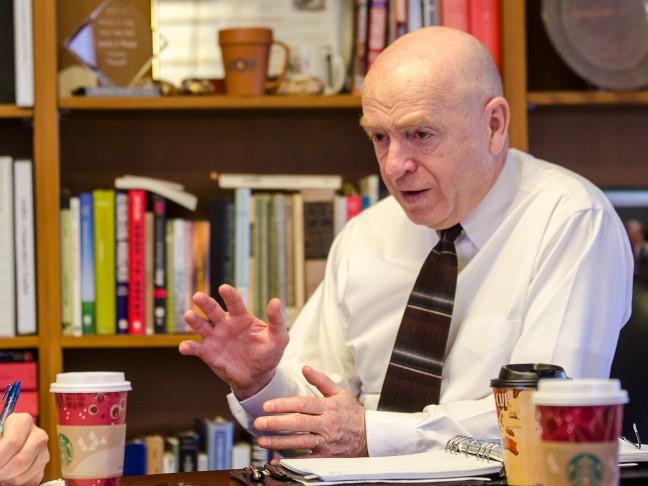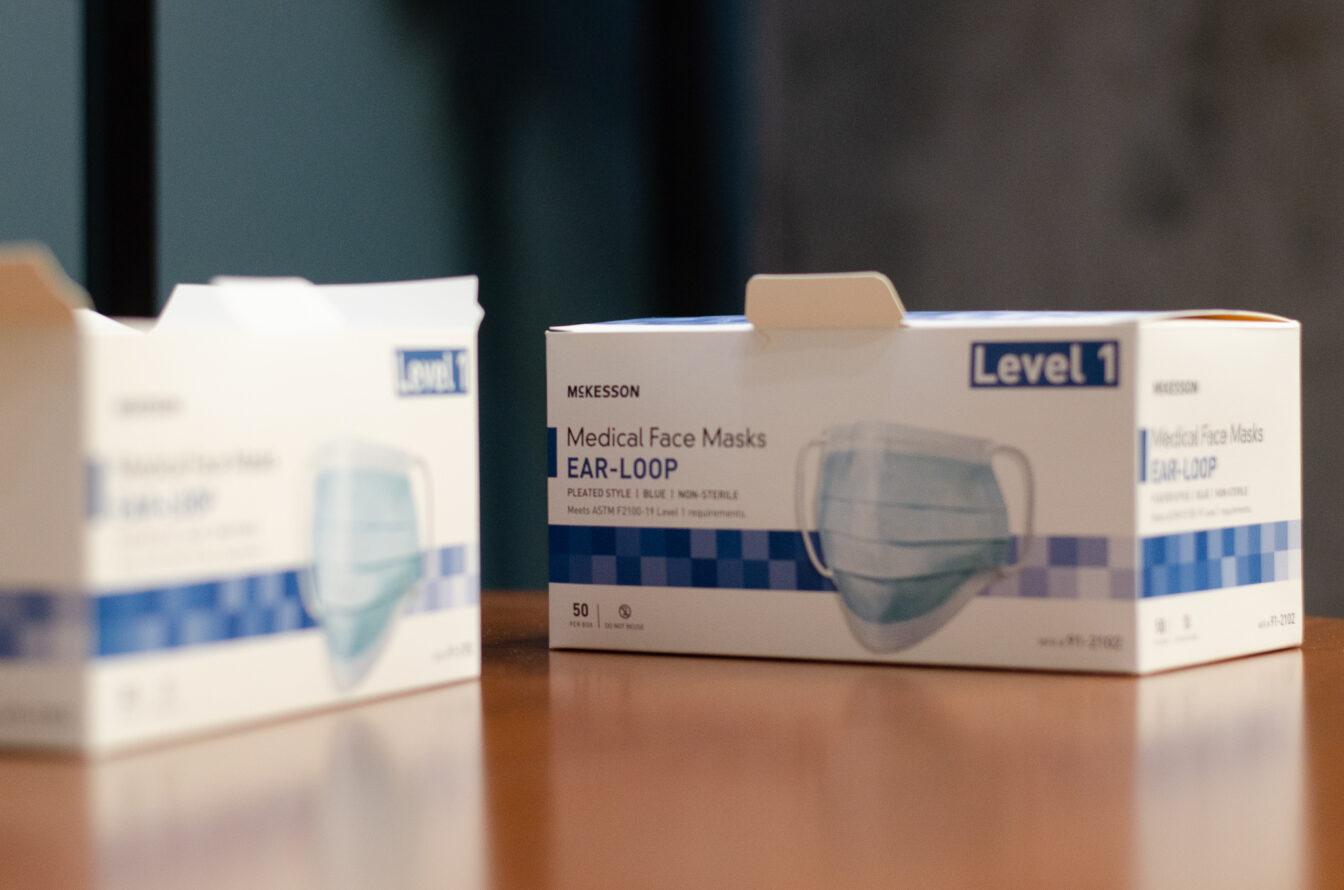Being prepared for class is painful.
As students head back to lecture halls across the nation this fall, many will spend hundreds of dollars purchasing textbooks. The University of Wisconsin Office of Student Financial Aid website estimates that undergraduate students will spend $1,140 on books for the 2011-2012 academic year, a figure which continues to draw scrutiny to the business model of the bookstore.
But even as prices continue to rise in each successive academic year, students and educators are beginning to embrace new electronic forms of text and other emerging media, which are often available for around half the price of a traditional textbook.
Prices Have ‘Almost Always’ Gone Up
Although most of the feedback students provide local textbook retailers may take the form of groans at the checkout, Steve Scheibel, manager of the textbook department at University Book Store, said prices are largely determined by the publisher and chosen by instructors who are aware of the price of the required materials.
Scheibel, who has worked in the textbook business for decades, credited steadily increasing book prices as a result of inflationary and other market pressures rather than the margins charged by the individual booksellers.
“The prices of textbooks has almost always gone up,” he said. “As long as I’ve been in the business, students have complained about the price of textbooks. It’s the first thing you have to buy that you don’t want to.”
While consumers running on a student’s budget and increasing faculty awareness of the issue have increased the demand for three-hole punch “loose leaf” editions, which retail for around two-thirds the price of a traditional book, Scheibel said students still seem to prefer the physical textbooks.
He said there remains no widely available electronic version of textbooks that are the “be all, end all” to make bookstores obsolete.
A War Against Used Books
For students hunting storefronts downtown for their required titles, Underground Textbook Exchange has carved out a different kind of niche – it will beat any local competitors’ price.
Curtis Macek, manager of the State Street location, said a business model focused on cheap textbooks instead of gimmicks and a link to a Nebraska used book wholesaler gives the business an edge when it comes to buy back prices and stock.
He said while it is no secret that the online market, particularly sellers such as Amazon.com, have captured a sector of the market originally secured by storefront window bookstores, publishers are waging a war on the reselling of used books.
“Publishers are kind of at odds with the used textbook industry,” Macek said. “They want to sell a new copy every year.”
Macek added a tough economy has led to the erosion of brand loyalty with individual bookstores, instead encouraging a fight to undercut other retailers.
He said this market conflict has lead to the rise of new editions available every year, the inclusion of CD-ROMs with textbooks and online codes to access homework and other material.
Some of the largest course sections for University of Wisconsin freshmen, Chemistry 103 and Zoology 151, also require editions custom made for the university – which Macek said makes students hesitant to purchase these “disposable” and nearly identical texts.
A National Spotlight and Legislation
A July 2005 report from the non-partisan federal Government Accounting Office, commissioned by multiple Congressional committees, raised concerns about how these tactics employed by publishers have affected affordability for students.
The report cited packaging strategies ranging from the bundling of textbooks to frequent revisions as factors that “may limit the ability students have to decrease their costs.”
Although GAO spokesperson Laura Kopelson acknowledged the market has shifted significantly since 2005, no other study of the same scope has since been requested of the organization.
On the UW campus, the Registrar’s office works to make textbook information, such as the ISBN number, accessible to students as they make course choices – a product of the Bush administration’s 2008 Higher Education Act.
Registrar Scott Owczarek said 2008 brought on initiatives for a common entry system for instructors to easily enter textbook information and get the institutions’ information to bookstores.
“It’s our way of giving students the information in an easy and accessible way so they can make informed decisions in selecting classes and planning for the cost of education,” he said.
New Ways to Learn
The future of textbooks, which some believe is poised to usher in a new model of learning for students, is already here.
One emerging frontrunner in the race to incorporate different forms of media with text is Kno, a California-based educational software company that now offers more than 100,000 textbooks for iPad, web and Facebook interfaces.
Kno spokesperson Jennifer Acree said the titles are available for 30 to 50 percent of the price of conventional textbooks and feature technology such as 3D chemistry models, the ability to link to any third party content and video embedded in text.
“We’ve been getting a lot of traction from all across the country,” she said. “Technology has caught up in every other area of students’ lives.”
Since launching in 2009, the company has expanded to include 2,000 U.S. campuses and is now the No. 1-ranked education app for iPad.
In an effort to combat textbook prices for students on the UW campus, Brower is set to debut three pilot projects featuring interactive web-based materials for students.
The projects, which are the result of a cross-campus collaboration between several colleges, the Division of Information Technology and the libraries, could be a step toward offsetting textbook costs for students in the future if the pilots prove successful.
Brower characterized the pilots – which drew around $50,000 from a number of campus sources – as media-rich websites with interactive demonstrations that will be available to a small number of students for download like an application.
“The purpose is to help package information in a way that makes it easy to communicate a range of material in an understandable way,” he said.
The pilots could play a role in addressing costs for students, but Brower maintains the main goal is to enhance the educational experience for students at a fraction of the price of traditional textbooks.


















